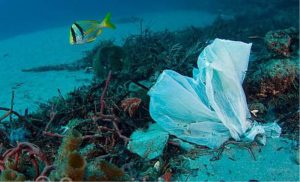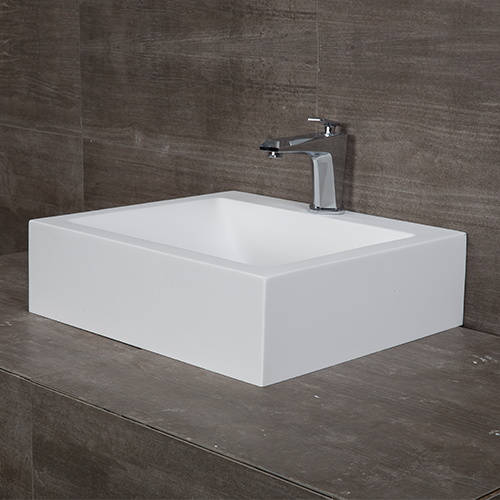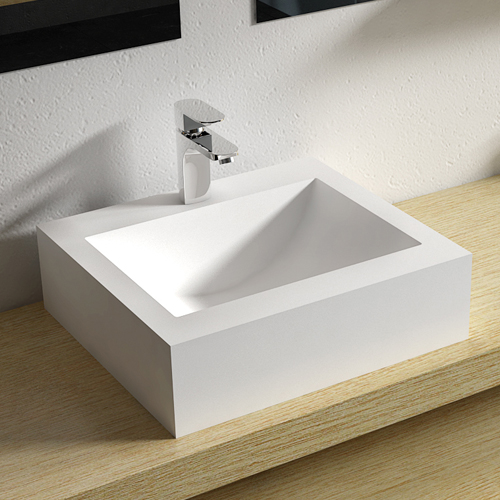
What is white pollution?
White pollution refers to the environmental pollution caused by white waste such as plastic products, foam products, disposable tableware and packaging materials in household waste.
White pollution damage to the environment
The damage of white pollution to the environment is mainly manifested in the following aspects:
1. Soil pollution
Plastic products in white pollution are not easy to be decomposed by microorganisms, and long-term accumulation in the soil will lead to soil quality decline, seriously affecting the growth and quality of crops.
2. Water source pollution
Disposable tableware and packaging materials in the white pollution are thrown into rivers, lakes and other water sources. With the spread of water, it not only destroys the ecological balance of water bodies, but also endangers people’s health.
3. Air pollution
The toxic gas produced by the burning of foam products in the white pollution will pollute the air and pose a threat to people’s health.
How to reduce white pollution?
Reducing white pollution needs the joint efforts of the whole society. The following are some specific measures:
1. Refuse disposable cutlery and packaging materials
Use reusable cutlery and shopping bags whenever possible, and reduce the use of disposable cutlery and packaging materials.
2. Sort the garbage
The waste plastic products, foam products, disposable tableware and packaging materials and other white waste will be sorted out, convenient recycling and disposal.
3. Encourage biodegradable alternatives
Governments and companies can encourage research and development of degradable alternative materials to reduce the production of white pollution.
In a word, reducing white pollution needs the joint efforts of the whole society. From individual behavior to policy making, everyone can make their own contribution to environmental protection.


















